Service hotline
+86 0755-23615795
Release date:2025-07-24Author source:KinghelmViews:118
In the dynamic field of consumer electronics, selecting the correct wire to board connector for PCB designs is critical. This decision affects product quality, reliability, and market competitiveness. Procurement and engineering teams must work closely to ensure each wire to board connector chosen supports functionality, safety, and cost targets.
A wire to board connector serves as a vital bridge between discrete wires and the printed circuit board. It maintains electrical integrity, mechanical stability, and allows modular assembly during production. In today’s consumer electronics, devices demand compact yet robust solutions, making the choice of the right wire to board connector more complex than ever. Factors such as current rating, mating cycles, pitch size, and vibration resistance all shape the ideal selection. For engineering teams, balancing these attributes against cost and space constraints is an essential task that requires careful analysis.
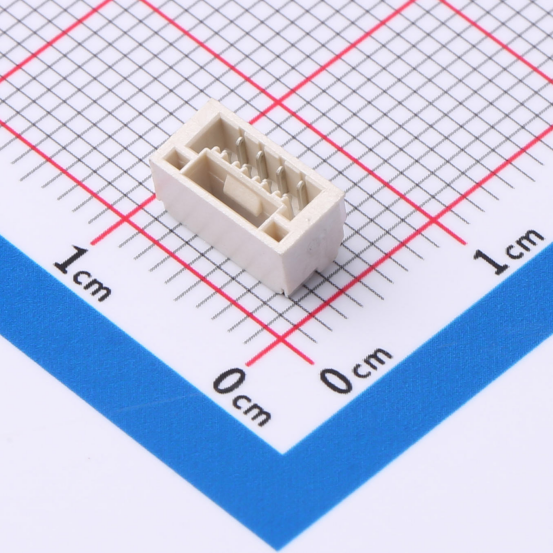
Failure to choose the proper wire to board connector can cause performance issues, increased product returns, and reputational damage. Connectors that don't match electrical specifications can overheat. Those lacking proper locking features risk disconnection under vibration. For procurement, sourcing the wrong connector increases supply chain risk, replacement costs, and can even delay time-to-market. Therefore, evaluating connectors from trusted manufacturers, checking compliance certifications, and verifying environmental testing results is critical.
Choosing the best wire to board connector requires understanding both technical and practical aspects:
Combining these criteria with early involvement of procurement teams helps manage cost while meeting design goals.
Effective collaboration between engineering and procurement ensures the wire to board connector meets technical needs without exceeding cost targets. Engineering teams should define functional specifications while procurement researches cost-effective, qualified suppliers. This joint effort supports project timelines and reduces redesign risk. Early supplier involvement (ESI) can also provide valuable insight into the latest connector innovations and manufacturing processes.
Engaging connector manufacturers early allows teams to explore custom solutions or modifications. Leading suppliers can suggest connectors with better performance, longer life, or enhanced safety features, sometimes at lower total cost. Reliable suppliers, such as Molex, often offer technical resources and design support to help teams choose the most suitable wire to board connector.
Consumer devices require connectors that combine small form factor with durability. Compact designs often force teams to reduce connector pitch, which increases the challenge of maintaining current capacity and avoiding crosstalk. Shielding, contact plating, and insulator materials become critical in these cases. Additionally, connectors with polarized housings and locking systems help avoid assembly errors and disconnections in handheld devices exposed to movement and impact.
Consumer electronics must comply with regulations like RoHS and REACH. Selecting connectors that meet these standards helps avoid future product redesigns. Engineering teams should also confirm UL certification or similar safety marks where required. This is particularly important for products targeting global markets, where regulatory standards differ.
While premium connectors may offer exceptional reliability, over-specifying can inflate costs without added value. Procurement teams must evaluate total cost of ownership, including assembly time, replacement rates, and supplier reliability. In many cases, mid-range connectors can meet performance requirements while optimizing cost. Teams should consider both direct and indirect costs when making final decisions.
To streamline selection and avoid common mistakes:
Applying these tips can help teams avoid costly late-stage changes.
Connector technology is evolving to address new challenges. Trends include:
Staying updated on these trends helps engineering teams maintain product competitiveness while meeting sustainability goals.
In conclusion, choosing the right wire to board connector for PCB applications requires more than just matching specs. It demands alignment between engineering and procurement, deep understanding of application needs, and proactive supplier engagement. By focusing on electrical, mechanical, environmental, and cost factors, teams can secure reliable connectors that enhance product performance and reputation.
By applying this approach, consumer electronics companies can stay ahead of competitors, improve reliability, and meet evolving customer expectations.

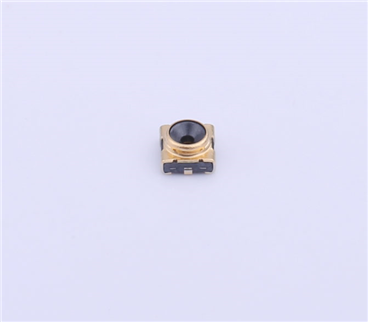
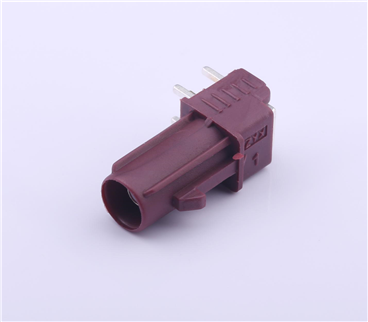
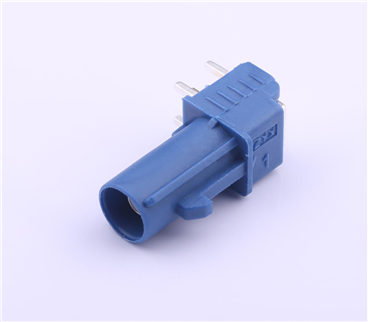
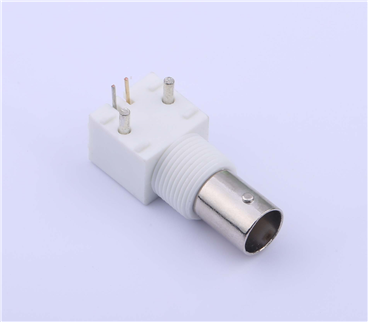
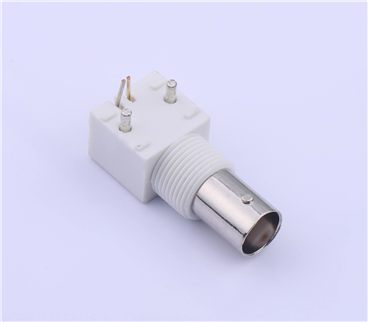
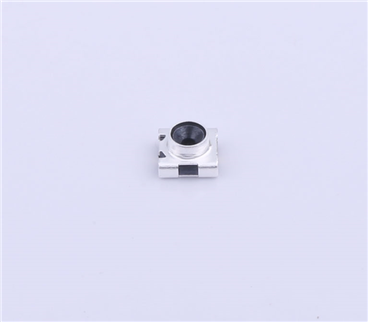

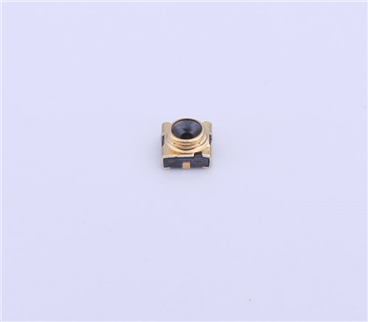
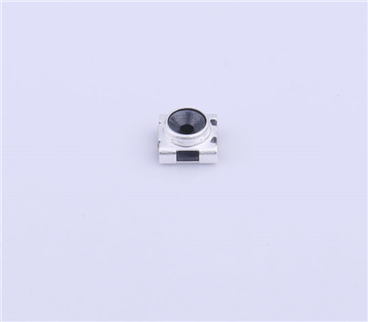
Copyright © Shenzhen Kinghelm Electronics Co., Ltd. all rights reservedYue ICP Bei No. 17113853